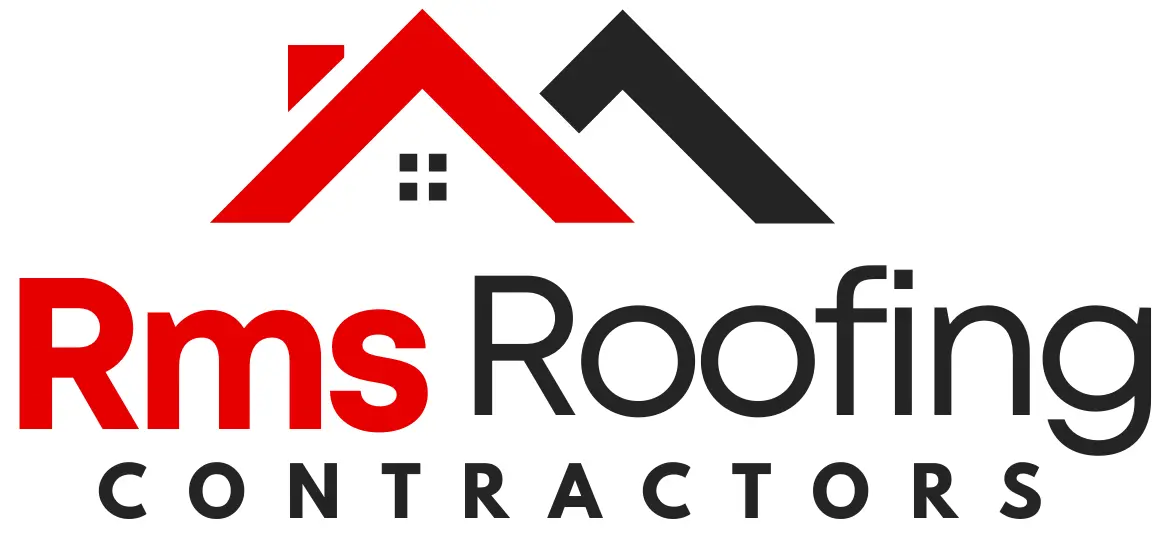A high-quality roofing installation is key to protecting your home and ensuring its energy efficiency. However, even with skilled craftsmanship, certain issues can arise. Addressing these problems promptly can save homeowners from costly repairs and extend the life of their roof.
Misaligned Shingles
Misaligned shingles are a common roofing installation issue that affects both aesthetics and functionality. Improperly placed shingles can create gaps, allowing water to seep in and potentially causing leaks.
Correcting this problem involves removing and reinstalling the affected shingles. Professionals use precise measurements and tools, such as chalk lines, to ensure proper alignment. Avoiding this issue starts with hiring experienced roofers to perform your roofing installation.
Common Problems in Roofing Installation
Faulty Flashing
Flashing is essential for preventing water infiltration at vulnerable points, such as chimneys and vents. When flashing is poorly installed or damaged, it can lead to leaks and structural problems.
To address flashing issues, replace faulty sections with high-quality materials and ensure proper sealing. Regular inspections help identify and repair flashing problems early, protecting your roofing installation.
Inadequate Underlayment
The underlayment is a vital layer in any roofing installation, providing an additional barrier against moisture. Poor installation or damaged underlayment can compromise your roof’s ability to resist water.
Repairing this involves replacing damaged areas and ensuring proper application of the underlayment. This step reinforces the roof’s ability to handle adverse weather conditions.
Preventable Roofing Installation Challenges
Insufficient Ventilation
Without proper ventilation, moisture can build up, leading to mold, rot, and increased energy costs. Ventilation issues can affect the longevity of your roofing installation.
Additional vents or upgraded systems can resolve this problem, ensuring adequate airflow throughout your roof. Maintaining proper ventilation also prevents heat buildup, extending the lifespan of your roofing materials.
Inefficient Drainage Systems
Blocked or poorly designed drainage systems can result in water pooling, which damages shingles and other roofing components.
To fix this, clear debris from gutters and adjust downspouts to direct water away from the roof. A functional drainage system complements the roofing installation and prevents water-related issues.
By proactively addressing these challenges, you can maintain the integrity of your roofing installation and maximize its performance for years to come.
Read More:
After the Installation: Maintaining Your New Roof for Longevity
What to Expect During the Final Inspection of a Roof Installation

